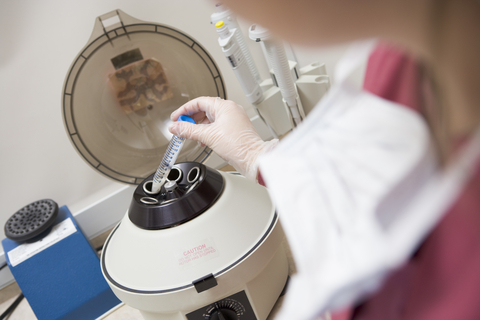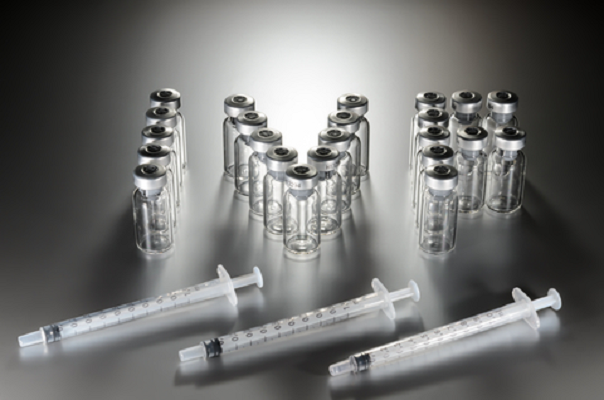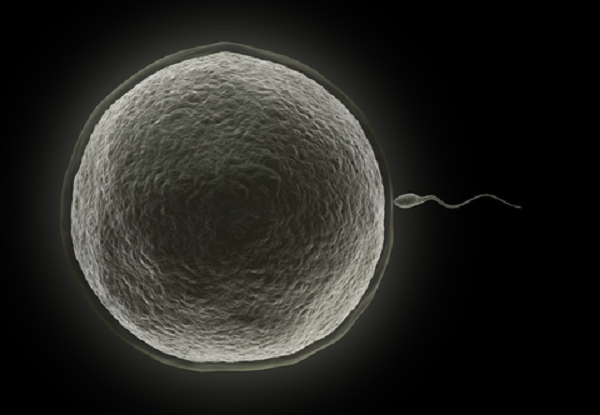All About IVF
In Vitro Fertilization

IVF can be intimidating, especially the first time (and hopefully there is only one time!). In this post, let's go through the IVF process, from retrieval to an IVF timeline, whether or not to do ICSI and the embryo freezing process.
In Vitro Fertilization (IVF) Timeline

If you are headed into your first IVF, you may have questions about what a typical IVF schedule looks like. There are many different types of IVF and most cycles these days retrieve eggs, make embryos and then freeze them for embryo transfer later.
Below is an excerpt from our book, Planting the Seeds of Pregnancy: An Integrative Approach to Fertility Care, covering a basic timeline for a fresh embryo transfer.
If you are considering IVF, here are the basic steps you should expect:
Preparing the ovaries with birth control pills. This step involves taking birth control pills for approximately three weeks to allow a good number of eggs to be recruited in the next step. While there are protocols for IVF without the use of birth control pills, this is the most common first step in IVF.
Ovarian stimulation with gonadotropins. This step involves taking daily injections of follicle stimulating hormone (FSH) to stimulate the recruitment of multiple eggs.
Suppression of ovulation with an additional medication. Lupron® or antagonist medications (such as Cetrotide® or Ganirelix®) are given during the cycle to prevent ovulation during egg development.
Egg retrieval. A 15-20 minute procedure in which eggs are gently removed from the ovaries vaginally. In this procedure, a small needle is passed through the top of the vaginal wall under transvaginal ultrasound guidance into each follicle (the fluid sac surrounding the egg). The follicular fluid is drained with gentle suction, and the egg comes with the fluid into a tube. The patient is usually given intravenous medication/conscious sedation during this procedure to keep them comfortable.
Fertilization. In this step, eggs and sperm are combined with either conventional insemination or intracytoplasmic sperm injection (see below).
Embryo development. The embryos are monitored and allowed to develop in the embryology lab.
Embryo transfer. A process in which an embryo or embryos are placed into the uterine cavity with a soft plastic catheter. The procedure will feel similar to a gynecology exam (pap smear) and takes approximately 5 – 10 minutes.
Supportive medications. The patient is usually given progesterone and estrogen medications to support the implantation and early development of the embryo(s). This medication usually continues into the first trimester.
A pregnancy test. The pregnancy test may be done 10 – 12 days after embryo transfer.
To ICSI or Not ICSI During IVF?

When the eggs are retrieved during IVF, sperm must be ready to fertilize those eggs. One method of egg fertilization during IVF is just putting the sperm near the eggs and letting the best sperm win. Another, more high tech option is ICSI, which is taking one sperm and injecting it into the egg.
Read more about it in an excerpt of our book, Planting the Seeds of Pregnancy: An Integrative Approach to Fertility Care.
Fertilization with IVF. There are two options for fertilization of eggs after egg retrieval: conventional insemination or intracytoplasmic sperm injection (ICSI). Conventional insemination involves placing the eggs and washed sperm together and passively waiting to see if fertilization occurs. ICSI involves the active method of fertilizing, in which one sperm is injected into one mature egg by an embryologist.
ICSI has revolutionized male factor fertility treatment and allowed men to have children who would not have been able to 30+ years ago. Some IVF clinics recommend ICSI to all of their patients while others recommend it based on the patient’s personal history. It is important to review both options with your provider.
It's amazing what science and doctors can do these days. Do make sure to talk over your options with your provider.
IVF Egg Retrieval
Dr. Lora Shahine tells us about the IVF egg retrieval process in our book, Planting the Seeds of Pregnancy: An Integrative Approach to Fertility Care: Egg retrieval.
A 15-20 minute procedure in which eggs are gently removed from the ovaries vaginally. In this procedure, a small needle is passed through the top of the vaginal wall under transvaginal ultrasound guidance into each follicle (the fluid sac surrounding the egg). The follicular fluid is drained with gentle suction, and the egg comes with the fluid into a tube. The patient is usually given intravenous medication/conscious sedation during this procedure to keep them comfortable. Egg retrieval is the culmination of several weeks of taking the pill, ultrasounds, getting your blood drawn and getting injections. The IVF egg retrieval procedure itself is fairly short and hopefully all the effort leading up to egg retrieval was often worth it with a positive pregnancy test (for a fresh transfer) or embryos in the bank for a transfer at a later date.
Freezing Embryos with IVF (the latest!)
Freezing embryos has taken a huge technological leap in the last 10-15 years. We went from slow freezing (called cryopreservation) to fast freezing (called vitrification). This new technology has revolutionized IVF.
Let's talk about embryo freezing and how to make the most of it by preparing in advance.
Read more about vitrification and embryo freezing in an excerpt from our book, Planting the Seeds of Pregnancy: An Integrative Approach to Fertility Care:
Patients who conceive with IVF may have embryos (instead of eggs) cryopreserved, which gives them the option of returning for a frozen embryo transfer for siblings in the future.
One single advancement in IVF technology within the last 10 years has revolutionized options for patients undergoing advanced ART treatments: vitrification for cryopreservation.
Freezing embryos (cryopreservation) has been available for decades, but a slow-freezing method was used and it resulted in many embryos not surviving the thawing procedure. Vitrification is a fast-freezing method that, if done by highly skilled embryologists, results in very high embryo survival rates (97% or higher) when thawed and similar or higher pregnancy rates than the rates for a fresh embryo transfer. With vitrification, there has been a shift away from the assumption that frozen embryos are less successful.
One significant benefit to freezing embryos is that it allows the patient to fully recover from the IVF cycle/recruitment phase before conceiving. Ovarian stimulation of multiple eggs can result in a condition known as ovarian hyperstimulation syndrome (OHSS), in which the patient becomes bloated and uncomfortable. In women with OHSS, immediately proceeding with embryo transfer will result in worsening symptoms in the first trimester of pregnancy.





